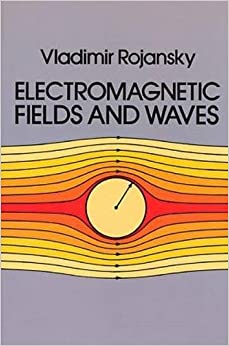Answered step by step
Verified Expert Solution
Question
1 Approved Answer
Please, answer all questions and provide a justitication of your response Problem 1) A sack is raised a certain distance in a construction site and
Please, answer all questions and provide a justitication of your response Problem 1) A sack is raised a certain distance in a construction site and therefore has potential energy relative to the ground below. If it were raised twice as high, how much more potential energy would it have? It would have equal and opposite potential energy. It would have the exact same potential energy. It would have half as much potential energy. It would have twice as much potential energy. Problem 2) Give an example in which a force is exerted on an object without doing work on the object A spoon falls from a table. A ball rolls down an inclined plane A box is pushed across a floor at constant velocity A satellite is in a circular orbit about Earth. Problem 3) compared with some original speed, how much work must the brakes supply to stop a cal that is moving twice as fast? How will the stopping distance compare? There is no change in the work and stopping distance. It takes four times the work and four times the stopping distance. It takes twice the work and twice the stopping distance It takes half the work and half the stopping distance Problem 4) If you push a crate horizontally with 100 N across a 10-mm factory floor and friction between the crate and the floor is a steady 70 NN, how much kinetic energy is gained ov the crate? O 400 J 1000 J O 300 J O 700 J Problem 5) Calculate the work done when a force of 12 N moves a book 1.3 m. (1 N m = 1 J) Express your answer with the appropriate units. Problem 6) Select the correct equations that show that 60 W of power is required to impart 180 J of energy to something in 3s P = 3W /t^2= 3(180 J) /(3 s)^2 = 60 W P = W/v^3t = (180 J)/3(3s) = 60 W O P = W /t = (180 J) /(3 s) = 60 W P = Wt/9 = (180 J) (3 s)/9 = 60 W Problem 7) Calculate the kinetic energy of a 100-kg scooter moving at 16 m/s. Express your answer with the appropriate units. Problem 8) Is hydrogen a source of energy? Why or why not? Yes. There is a large hydrogen economy No. It takes energy to make hydrogen. No. Making hydrogen creates carbon dioxide. No. Hydrogen is created by nuclear fusion. Problem 9) In the absence of air resistance, a ball thrown vertically upward with a certain initial KE will return to its original level with the same KE. When air resistance is a factor affecting the ball, will it return to its original level with the same, less, or more KE? Does your answer contradict the law of energy conservation? Problem 10) Your friend says that the kinetic energy of an object depends on the reference frame of the observer. Explain why you agree or disagree. Problem 11) When the mass of a moving object is doubled with no change in speed, by what factor is its momentum changed? By what factor is its kinetic energy changed? Problem 12) Which, if either, has greater momentum: a 1 kg ball moving at 2 m/s or a 2 kg ball moving at 1 m/s? Which has greater kinetic energy? Problem 13) If an object's KE is zero, what is its momentum? If your momentum is zero, is your kinetic energy necessarily zero also? If two objects have equal kinetic energies, do they necessarily have the same momentum? Defend your answer Problem 14) If an automobile were to have a 100% efficient engine, transferring all of the fuel's energy to work would the engine be warm to your touch? would its exhaust heat the surrounding air? Would It make any noise? Would it vibrate? Would any of its fuel go unused
Step by Step Solution
There are 3 Steps involved in it
Step: 1

Get Instant Access to Expert-Tailored Solutions
See step-by-step solutions with expert insights and AI powered tools for academic success
Step: 2

Step: 3

Ace Your Homework with AI
Get the answers you need in no time with our AI-driven, step-by-step assistance
Get Started


